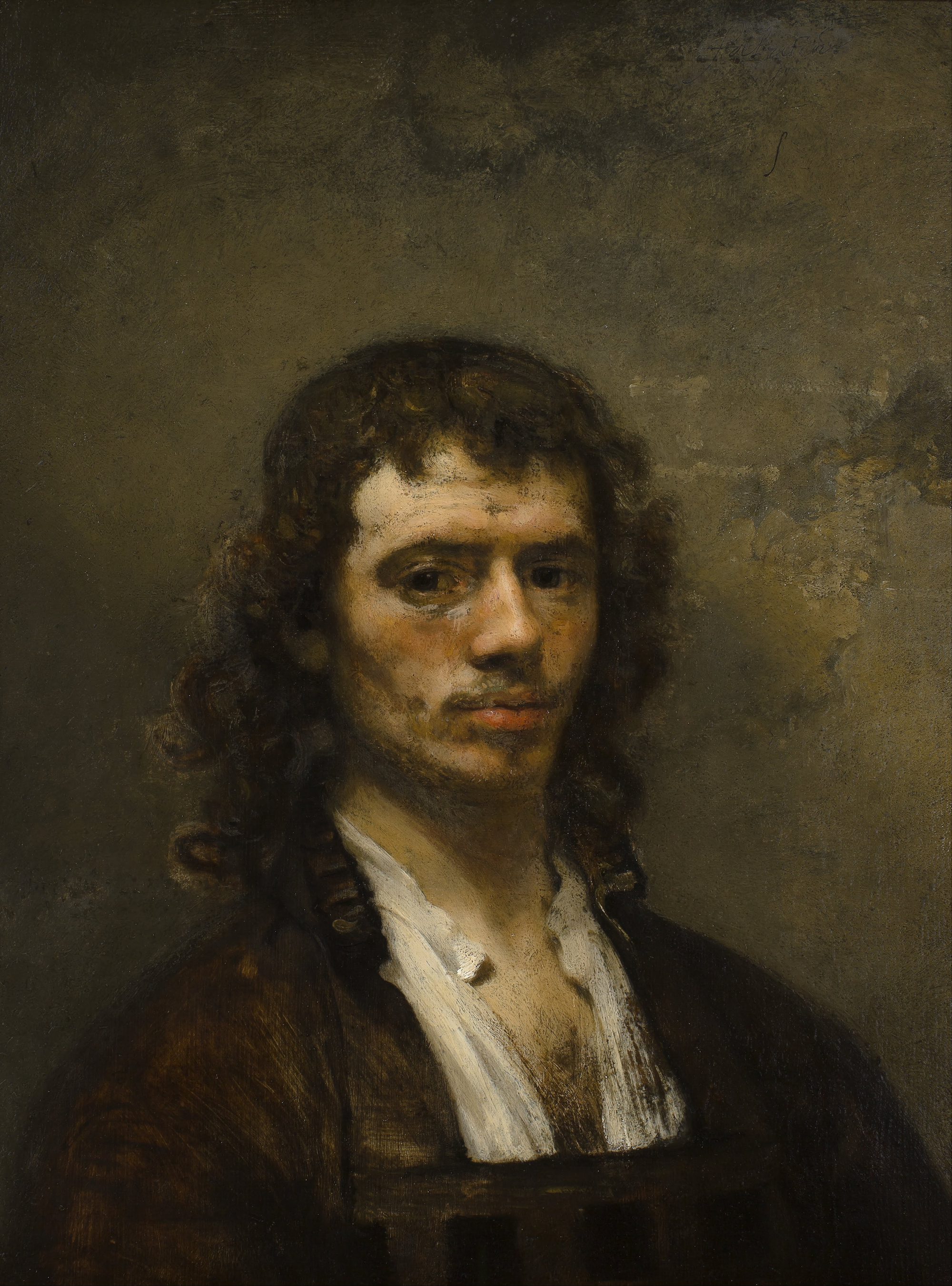This is our last Sunday with Mauritshuis in the Hague, but for sure we will continue to present their masterpieces in DailyArt! :)) I hope we have encouraged you to visit this beautiful museum!
On 12 October 1654, the Delft gunpowder magazine blew up, laying waste to a large part of the city. This explosion also had an impact on painting, for it caused the untimely death of Carel Fabritius (1622–1654), one of the most talented artists of his generation. His studio, a stone’s throw from the site of the accident, was completely destroyed. This probably explains why so few of his paintings survive, but his small oeuvre nevertheless displays impressive quality and originality. His fluent and unerring brushwork made him the most gifted of Rembrandt’s pupils, and his exceptional rendering of light inspired Johannes Vermeer. One of Fabritius’s masterpieces is The Goldfinch, which dates from the year of his death. It is a touching portrait of a little bird, chained to its feeding box in front of a white, plastered wall.
The goldfinch is recognisable by the red in its face (which has faded over the years) and the bright yellow stripe on its black wing. The bird was given its Dutch nickname (puttertje) because of a trick it could be taught to do: drawing (putten) its own drinking water by lowering a thimble-sized bucket on a chain into a small container of water. It could also learn to lift the lid of its feeding box. Goldfinches were popular pets in the 17th century. Fabritius’s extraordinary composition was probably a trompe l’oeil, intended to create the illusion of reality. The picture was presumably supposed to hang high on the wall, since the goldfinch is depicted from below. From a distance it looks surprisingly real.
Here's a story of the explosive life and death of Carel Fabritius!


 Carel Fabritius
Carel Fabritius